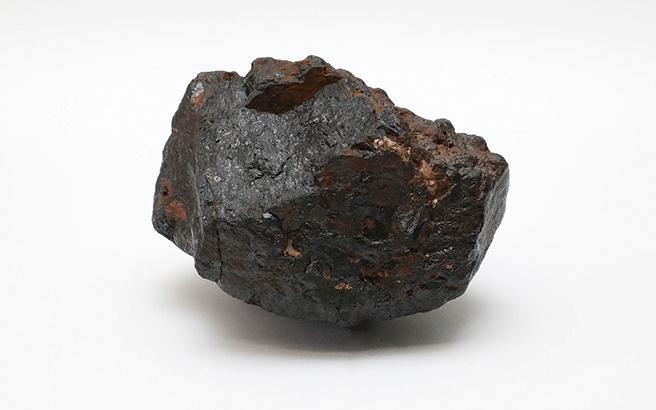
Tungsten, One of the Rare Metals
Open-pit mining of tungsten (Nui Phao mine in Vietnam)
To ensure a stable supply and achieve a recycling-oriented society
Many mineral resources are available on our planet. They are used for various applications and are indispensable in our daily lives. Iron, aluminum, and copper are called “base metals,” and are abundant in both reserves and output. There are also other metals called “rare metals.” According to Japan’s Ministry of Economy, Trade and Industry, rare metals are metals whose available quantity on our planet is very small, which are difficult to extract for technical and economic reasons, and whose stable supply is important from the viewpoint of national policy. Tungsten (element symbol: W) is one of these rare metals. Named for the Swedish word for “heavy stone,” tungsten has unique characteristics. It is a high-melting-point metal, with a melting temperature of 3,380°C (to 3,653°C). The hardness of cemented carbide, which is derived by mixing tungsten carbide (WC) powder with cobalt (Co) and other binders and then pressing and sintering the mixture, is second only to that of diamond. Other known characteristics include a high specific gravity, a low thermal expansion rate, and high radiation-shielding performance.
Tungsten is used in various industrial applications, such as cutting tools, machine parts, electrode materials, and heat radiation materials. The problem is that tungsten reserves are found in only limited regions and the supply is unstable.
Various cutting tools using hard metals (e.g., cemented carbide) available from the Sumitomo Electric Group cannot be manufactured without tungsten. In an effort to seek a sustainable and stable business, the Sumitomo Electric Group has achieved tungsten recycling on a commercial basis by developing a new technology and establishing a new system. This helps achieve a stable supply and corresponds to the target of “achieving the sustainable management and efficient use of natural resources” in “responsible consumption and production,” which is one of the United Nations’ Sustainable Development Goals (SDGs). Namely, the recycling business aims to help achieve a recycling-oriented society and contribute to reducing the environmental impact and protecting the natural environment. This feature article focuses on the history of the Sumitomo Electric Group’s efforts to recycle tungsten.

NEXT
A Challenge to Build a Tungsten Recycling System
– Achieving a stable supply, which has been a pressing issue –
Registration of public notification
If you register your e-mail address, we will notify you when the latest issue is published. If you wish, please register from the registration form.
To delete your registration, please visit here.
